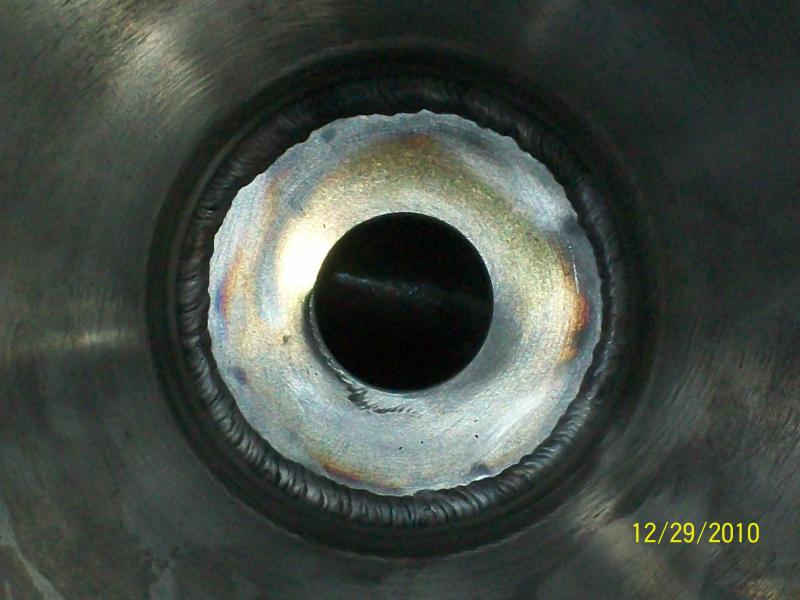Beemer, you might want to passivate after so much action.. I don't know I'm not a guru with that stuff.
I can certainly reach down to the bottom of my fermenter (that also has a 4" TC top) with a green scrubby. In addition to a clean in place solution I use which involves loc-line, quick disconnects, my wort pump (LG), and a cip revolving spray ball, I also do steam sanitizing about every 3rd ferment. I use one of those clothes steamers you see in SkyMall. Just hook it up to my bottom dump and as per my thermowell, the whole thing gets up to 212. I don't care what kind of welds or threads you have then, you'll be fine. I know it's overkill, but I'm surprised that more people don't do this and also worry about contamination.
Least expensive CIP 'revolving' sprayball I've found: $50 - McMaster part 71445T84. You can't use a wimpy pump with the CIP's. They take some ummph for it to be worth it.
(FYI, if you look into this, don't be fooled by the pipe connection, it's british standard and it will seal on 1/2" NPT with a little bit more teflon tape... Other people sell this same one for more money and call it NPT).










